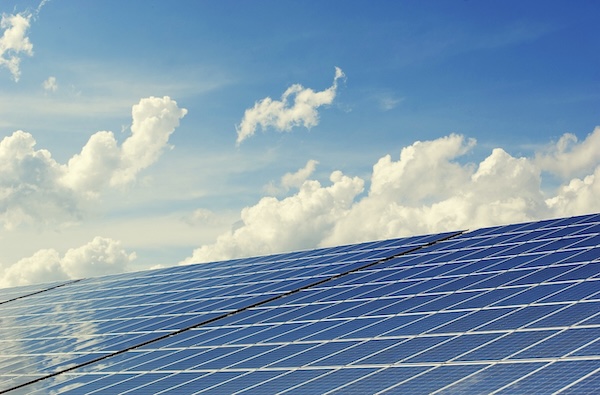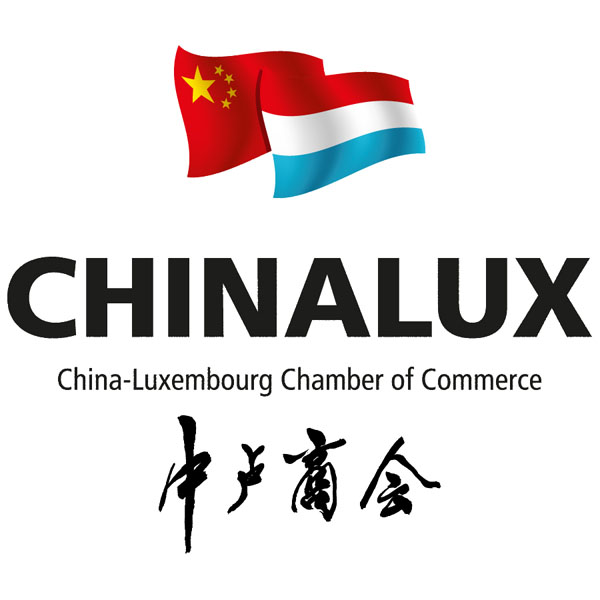 Credit: Pixabay
Credit: Pixabay
On Monday 31 March 2025, the Chamber of Employees (Chambre des Salariés - CSL) published a new edition of its EcoNews, centred around the reduction in maximum state aid for photovoltaic installations in Luxembourg.
The publication drew attention to the fact that while government communication surrounding the submission of Bill No. 8463 on 22 November 2024 primarily focused on the introduction of a pre-financing mechanism for state aid concerning photovoltaic (PV) solar installations, a second key component of the draft law has largely been absent from public discussion.
This concerns a major reform of the calculation methods and material scope of the aid, which would result in a significant reduction in the maximum support available for many PV installations.
The proposed reform would result in the following changes, according to the CSL:
- no aid for small installations (< 3 kWp): the introduction of a minimum capacity threshold of 3 kWp would exclude smaller systems from the aid scheme, a criterion not currently in place;
- negative impact on installations without storage: by separating support for battery storage, the reform reduces the overall aid for PV systems without storage, making them less financially attractive;
- reduction in aid for large installations (> 7 kWp): higher-capacity PV installations would receive less aid due to the introduction of a degressive rate based on their profitability, particularly affecting systems above 7 kWp;
- aid caps for very large installations (> 15 kWp): large-scale PV systems would face notable reductions in maximum subsidies due to the application of new ceilings and degressive formulas;
- slight increase for medium-sized installations with storage: systems between 3 and 9 kWp in capacity, with storage between 2 and 9 kWh, may see a slight increase in aid, as the separate support for storage could outweigh the decrease in aid for the PV installation itself;
- full removal of aid for installations operating in injection mode: the reform would eliminate all state aid for PV systems that operate in injection mode (i.e. feeding electricity back into the grid).
According to the CSL, the proposed reform would bring substantial changes to the state aid regime for PV systems in Luxembourg. Notably, the government plans to eliminate support for PV installations operated under the feed-in tariff model, currently eligible for up to 20% in aid, capped at €500 per kilowatt-peak (kWp). Instead, the new approach would focus solely on systems using self-consumption, with revised calculations based on a degressive formula tied to the system's size and profitability. The CSL also highlighted that larger installations (above 15 kWp) would be subject to a new maximum aid cap of €10,000 and small systems below 3 kWp would no longer be eligible for support. A separate support scheme for battery storage is also planned, offering up to €800 per kilowatt-hour (kWh), with specific formulas applied depending on storage capacity.
The proposed reform would, in many cases, lead to a significant reduction in the maximum level of state support for PV installations, as stated in the CSL publication. Firstly, PV systems operating under the feed-in tariff model would be entirely excluded from the aid scheme. Secondly, with the introduction of a separate subsidy for storage systems, maximum aid would also decrease for all self-consumption PV systems without storage. Thirdly, installations with a peak capacity of less than 3 kWp would be completely excluded from eligibility. Finally, the application of a degressive formula and the introduction of caps on aid - above 15 kWp for PV systems and 9 kWh for storage systems - would result in lower support for larger installations.
While the strong growth of PV systems and their increasing profitability may warrant a reduction in aid, the CSL warned that the scope of the proposed reform, combined with a perceived lack of transparent communication from the responsible ministries, risks sending a negative price signal that could slow the green energy transition.
IK








